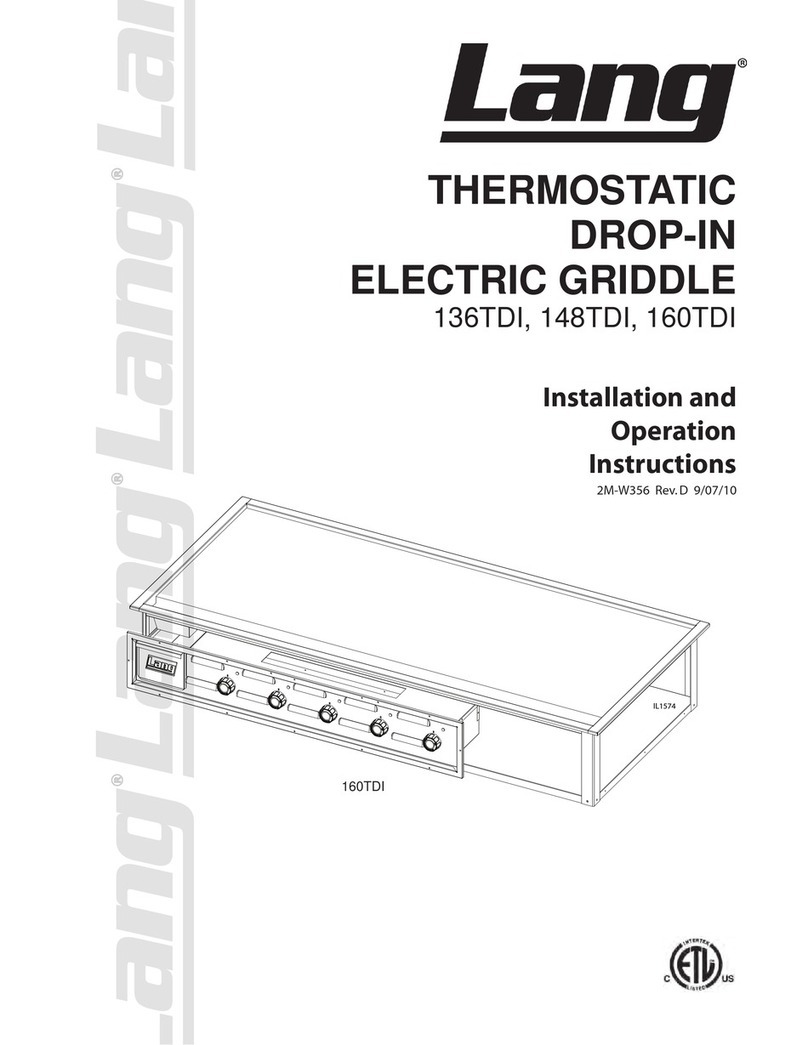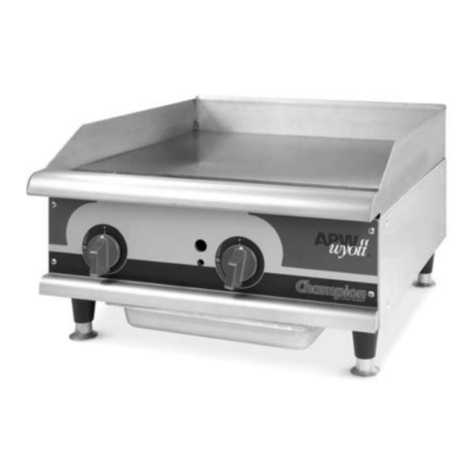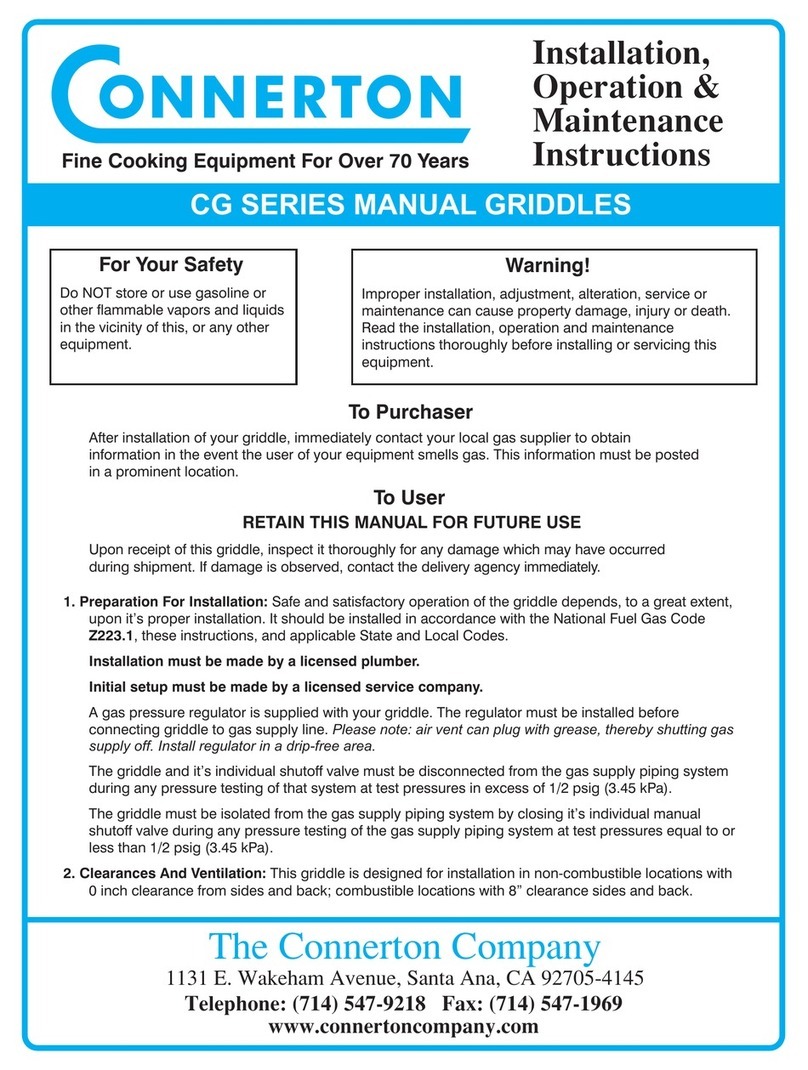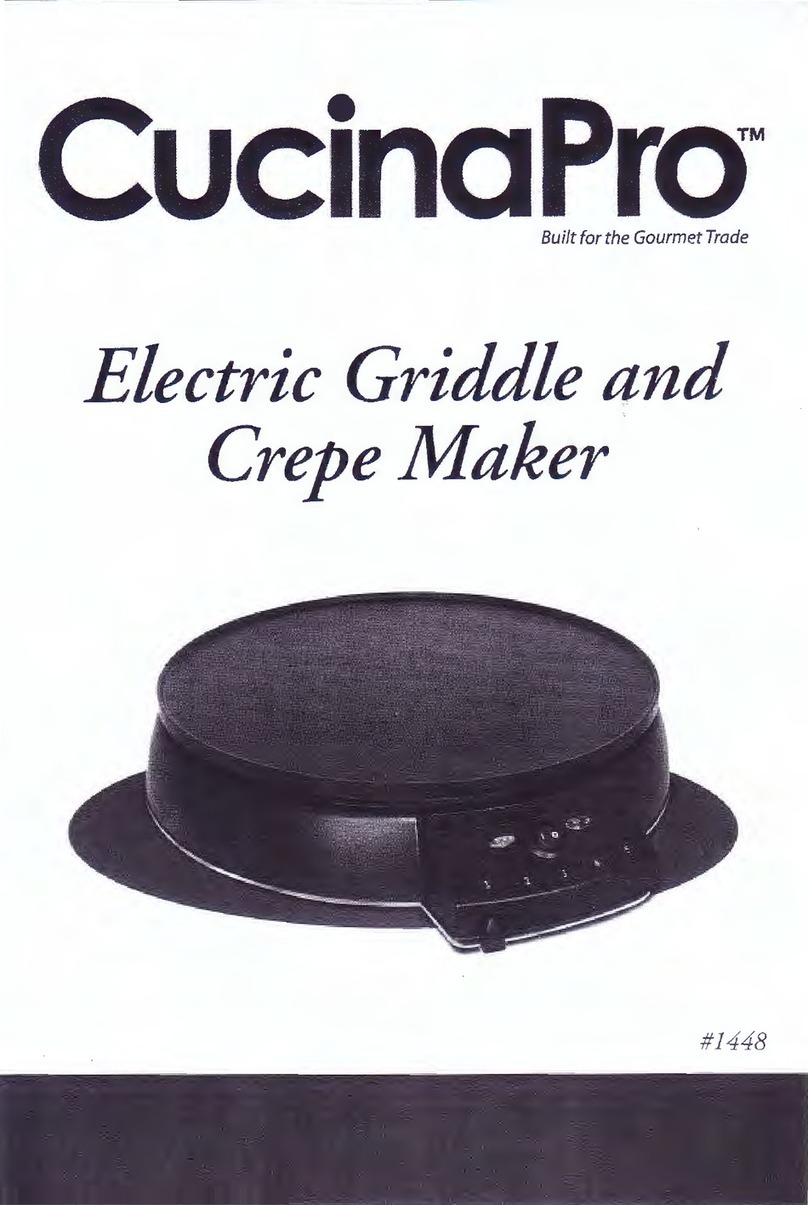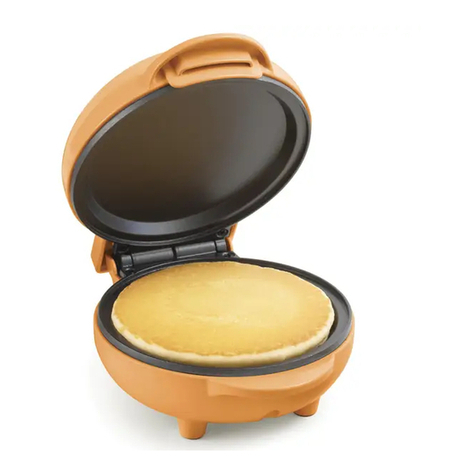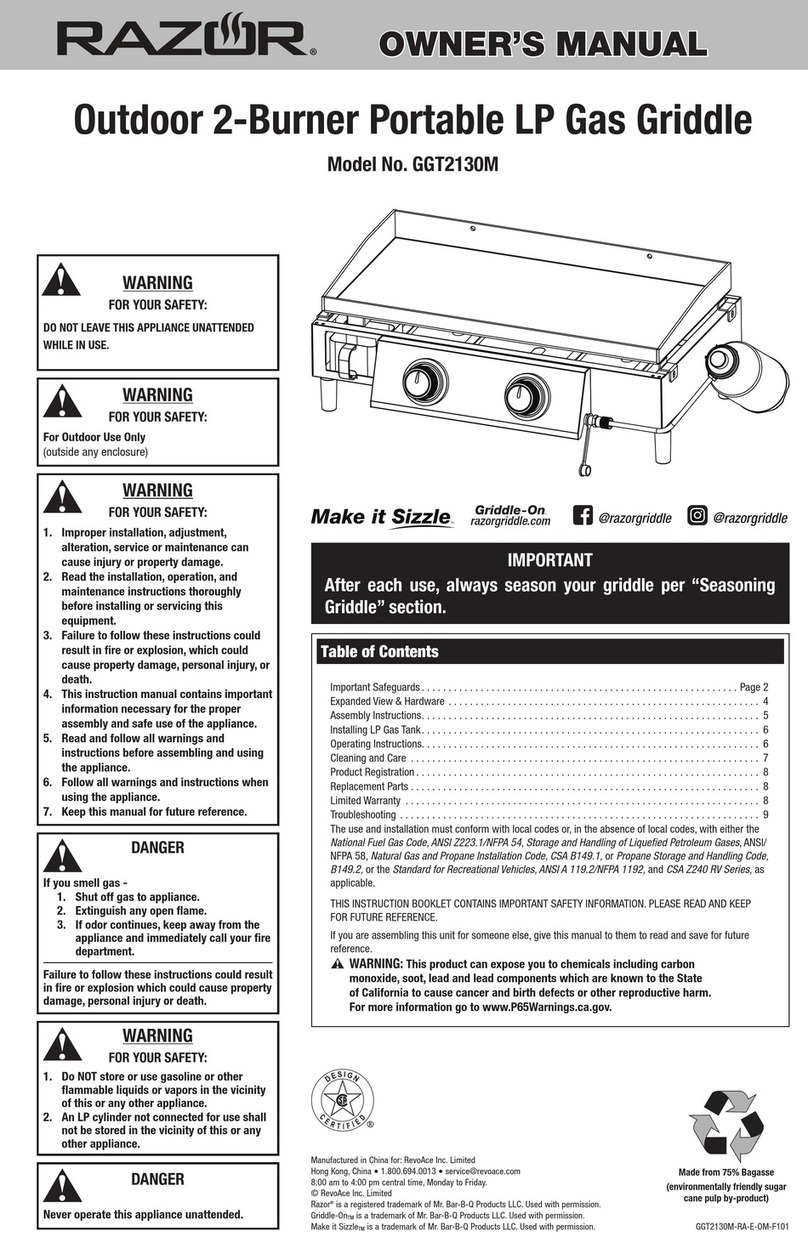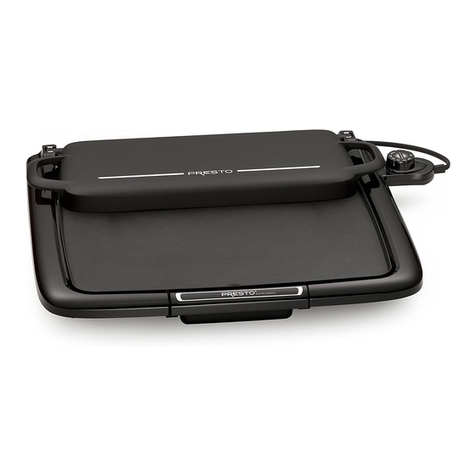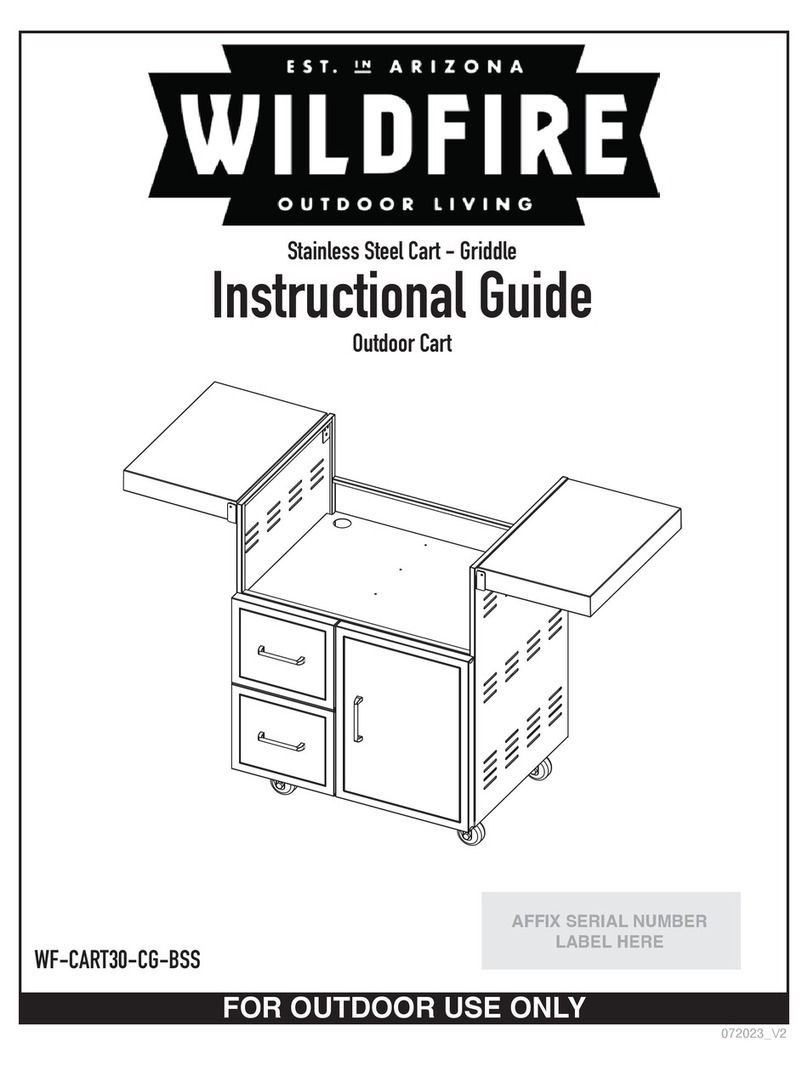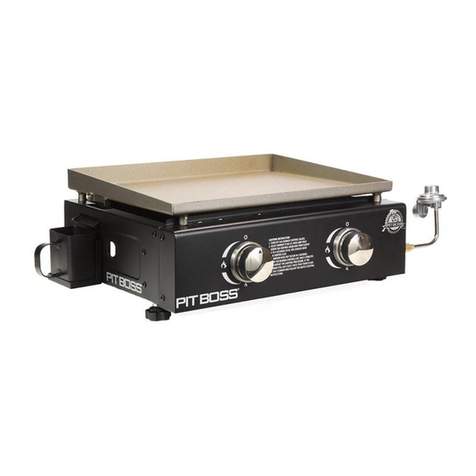
INDEX
1. FITTER’S INSTRUCTIONS.................................................................................................................... 6
1.1. PRECAUTIONS............................................................................................................................................ 6
1.2. Positioning.................................................................................................................................................. 6
1.2.1. Site............................................................................................................................................................... 6
1.2.2. Laws, technical regulations and standards ............................................................................................. 6
1.3. Installation................................................................................................................................................... 7
1.3.1. Installation works ....................................................................................................................................... 7
1.3.1.1. Gas connections......................................................................................................................................... 7
1.3.1.2. Unipotential connection............................................................................................................................. 7
1.3.1.3. Electrical connections................................................................................................................................7
1.4. Preparations for operation......................................................................................................................... 8
1.4.1. Checking connection pressure ................................................................................................................. 8
1.4.2. Checking electrical specifications............................................................................................................ 8
1.4.3. Checking heat output................................................................................................................................. 8
1.4.4. Checking primary air.................................................................................................................................. 8
1.4.5. Checking pilot flame................................................................................................................................... 8
1.4.6. Operational checks..................................................................................................................................... 8
1.4.7. Instructions for the user ............................................................................................................................ 8
1.5. Conversion and/or adaptation................................................................................................................... 9
1.5.1. Griddles....................................................................................................................................................... 9
1.5.1.1. Pilot burner for griddles............................................................................................................................. 9
1.5.1.2. Griddle main burner (Serie 500-920-110).................................................................................................. 9
1.5.1.3. Minimum setting for griddles..................................................................................................................... 9
1.5.2. Oven ....................................................................................................................................................... 9
1.5.2.1. Oven pilot burner........................................................................................................................................ 9
1.5.2.2. Main oven burner........................................................................................................................................ 9
1.5.2.3. Minimum setting for oven burner.............................................................................................................. 9
1.5.3. Oven ..................................................................................................................................................... 9
1.6. Maintenance.............................................................................................................................................. 10
1.6.1. Replacement of parts...............................................................................................................................10
1.6.2. Griddles..................................................................................................................................................... 10
1.6.2.1. Gas valve................................................................................................................................................... 10
1.6.2.2. Safety cock................................................................................................................................................ 10
1.6.2.3. Thermocouple........................................................................................................................................... 10
1.6.2.4. Ignition spark plug.................................................................................................................................... 10
1.6.2.5. Piezo-electric lighter................................................................................................................................. 10
1.6.2.6. Safety thermostat ..................................................................................................................................... 10
1.6.3. Oven ..................................................................................................................................................... 10
1.6.3.1. Gas valve................................................................................................................................................... 10
1.6.3.2. Thermocouple........................................................................................................................................... 10
1.6.4. Oven ...................................................................................................................................................... 10
1.7. Possible causes of faulty operation........................................................................................................ 11
2. INSTRUCTIONS FOR USERS............................................................................................................. 12
2.1. PRECAUTIONS.......................................................................................................................................... 12
2.2. Standard accessories............................................................................................................................... 12
2.3. Initial start-up............................................................................................................................................ 12
2.4. Start-up...................................................................................................................................................... 12
2.4.1. Start-up of griddles................................................................................................................................... 12
2.4.1.1. Ignition of pilot burner for griddles......................................................................................................... 12
2.4.1.2. Ignition of main burner for griddles........................................................................................................ 12
2.4.1.3. Turning off main burner and pilot for griddles....................................................................................... 12
2.4.2. Start-up of oven ................................................................................................................................... 13
2.4.2.1. Ignition of oven pilot burner.................................................................................................................... 13
2.4.2.2. Ignition of main oven burner and temperature regulation................................................................ 13
2.4.2.3. Turning off main oven burner and pilot.................................................................................................. 13
2.4.3. Start-up of oven ................................................................................................................................13
2.4.3.1. Turning off the oven................................................................................................................................. 13
- 4 -






















